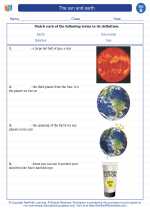The sun and earth -> tornadoes
What is a Tornado?
A tornado is a rapidly rotating column of air that is in contact with both the surface of the Earth and a cumulonimbus cloud or, in rare cases, the base of a cumulus cloud.
Formation of Tornadoes
Tornadoes are formed from powerful thunderstorms, specifically supercell thunderstorms, where warm, moist air meets cold, dry air, creating an unstable atmosphere. When wind shear occurs, it causes the rotating updraft within the thunderstorm, which can lead to the formation of a tornado.
Tornado Characteristics
- Shape: Tornadoes often appear in the form of a funnel, with a narrow end touching the ground and a wider end in contact with the base of the thunderstorm.
- Size: Tornadoes can range in size from a few tens of meters to over a kilometer in width.
- Wind Speed: Tornado wind speeds can vary widely, but they can reach up to 300 mph (480 km/h) in the most severe cases.
Impact of Tornadoes
Tornadoes can cause significant destruction to buildings, infrastructure, and landscapes. The high winds and debris carried by tornadoes pose a serious threat to human life and safety.
Staying Safe During Tornadoes
It is important to have a plan in place in case of a tornado. Seek shelter in a sturdy building, preferably in a basement or an interior room on the lowest floor. Avoid windows and protect your head and neck from flying debris.
Conclusion
Tornadoes are natural phenomena that can be incredibly powerful and destructive. Understanding their formation and characteristics is important for staying safe and mitigating their impact on communities.
[Tornadoes] Related Worksheets and Study Guides:
.◂Science Worksheets and Study Guides Second Grade. The sun and earth

 Activity Lesson
Activity Lesson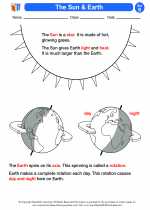
 Worksheet/Answer key
Worksheet/Answer key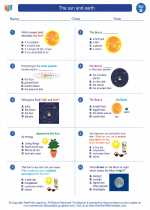
 Worksheet/Answer key
Worksheet/Answer key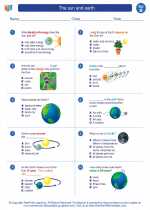
 Worksheet/Answer key
Worksheet/Answer key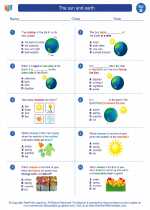
 Worksheet/Answer key
Worksheet/Answer key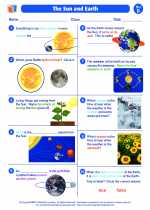
 Vocabulary/Answer key
Vocabulary/Answer key